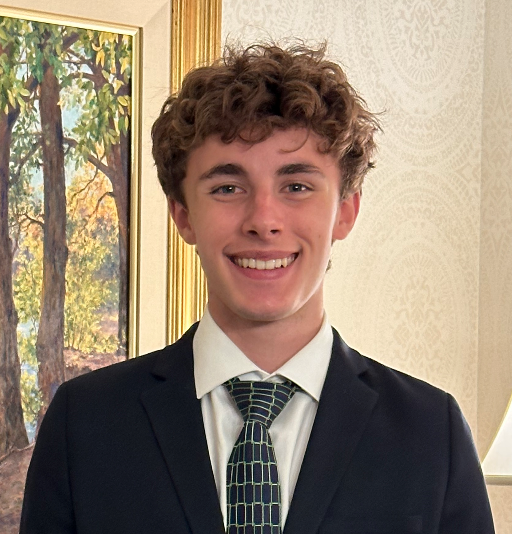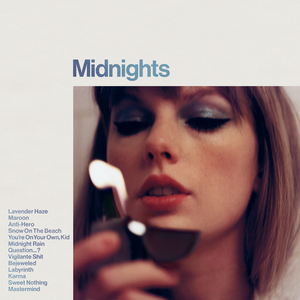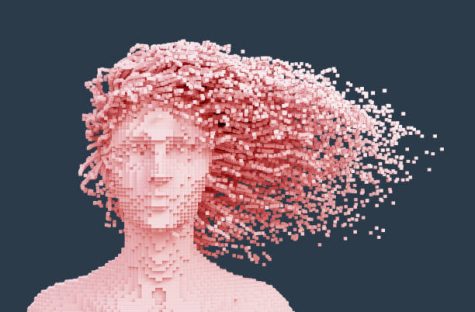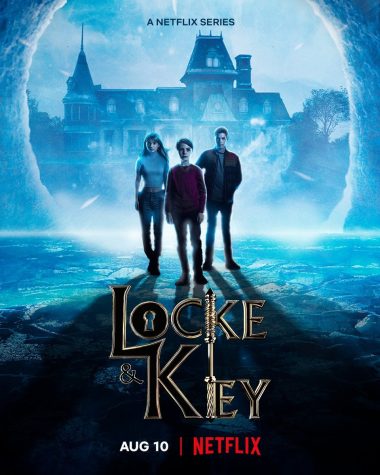The Downside to Social Media
Is social media a friend, foe, or a combination of the two? Social media makes our lives easier in so many ways. This powerful tool helps us connect with others and catch up on the news. Especially now, during a global pandemic, it is important to stay engaged with the world around us, and thanks to companies like Facebook and Instagram, all it takes is a click and you are once again connected. However, there is a flip side to the coin. On average, US adults spend 2-4 hours a day on their phones, and teens spend anywhere from 4-7. In the 21st century, while smartphones are not addictive, hyper-social environments provided in social media apps are.
Social media is a multibillion-dollar industry. Big companies such as Facebook, Instagram, and Snapchat compete to draw the most viewers on their platforms. Former executives of Facebook, arguably the largest of these platforms, expressed their guilt in creating these social platforms which they believe to be destroying the social fabric of our society. In order to draw customers in, they use human psychology against us.
Pings and notifications on your phone are a key example of this. Whenever your phone pings, vibrates, or flashes a notification on the home screen, whether you feel it or not, your brain feels a compulsion to check it. Dopamine is a neurotransmitter or hormone that stimulates a sense of pleasure after four main actions: eating, exercise, sex, and successful social interactions. Every notification, whether it’s a text message or a “like,” has the potential to be a positive social interaction and therefore causes a dopamine influx. Over time, our brains link the action of opening up social media to a rush of dopamine, and as you do it more often these associations become stronger. This cycle can lead to a point in which social media ceases to be a form of enjoyment and morphs into an addiction. Chamath Palihapitiya, a former Facebook executive of user growth, says it best, “We curate our lives around this perceived sense of perfection because we get rewarded in these short-term signals…and we conflate that with value and truth, but what it really is, is fake brittle popularity.”
In addition to using human nature to addict people, companies employ other methods to keep users interested. To “train” you to pick up your phone, social media platforms withhold and release notifications, likes, and comments to create unpredictable patterns which make us more inclined to check frequently. Another interesting mechanism used to attract users is color. When you get a text or chat, a red icon will pop up next to the app alerting you to the number of notifications you have. At an early age, the human brain associates red with urgency and importance. As the icon is red, your mind goes on high alert and is more likely to pick up the phone. Social media platforms have highly complex algorithms designed to predict what content you will best respond to in order to keep you scrolling through posts. They collect and use personal information such as how much time you spend on each post and whether or not you like or comment on the post in order to maximize efficacy and time spent on their platforms. In fact, these strategies are so effective, many people experience what is called “phantom vibrations” where you feel your phone vibrating when it isn’t.
All of these problems may seem harmless, but studies and surveys have demonstrated social media’s widespread negative impact on mental health. A 2019 survey showed teenagers who spend 3 hours or more a day on social media are at a heightened risk of mental health problems. People using social media platforms are more likely to express body image concerns and eating pathology than those who don’t use social media. Depression and anxiety have become commonplace in people using these platforms as well. Furthermore, suicide rates have tripled in ages between 10 and 24, coinciding with the rise of social media. Through social media, cyberbullying has become increasingly prevalent. In apps such as Instagram, it is possible to comment on a post with little filter on the content of the comment. False news and rumors spread six times faster than real news, creating a massive gap between what is true and false. In this age of disinformation, it is almost impossible to sort through what is fact and fiction.
A “like” on a post started out as a good idea, to spread good feelings and show someone agrees with that post. As put by Justin Rosenstein, the creator of the like button, “When we were making the like button, our entire motivation was ‘can we spread positivity and love in the world?’ The idea that fast forward to today and teens would be getting depressed when they don’t have enough likes, or it could be leading to political polarization was nowhere on our radar.” There are even two specific mental illnesses stemming from technology that scientists have defined: nomophobia, the fear of being without your phone, and textaphrenia, the fear of not being able to send or receive texts, which are very common symptoms of social media addiction.
However, there is light at the end of the tunnel. Extensive research has been conducted and while the evidence above does not suggest a bright outcome to social media users, it shows there is a healthy balance of social media. Now, being able to control how long you spend on social media is a difficult burden, but nevertheless possible. Social media has become an integral part of our lives and is here to stay for better or worse. Going forward, it is important to not swap face-to-face interactions with a screen. Spending time connecting with your friends in a balance between in-person and online through social media is encouraged and will result in a healthier and happier you.

Grade: 12
Years on Staff: 4
Why are you writing for the Flintridge Press?
Everyone has a voice. At the Flintridge Press, we strive to cultivate...










